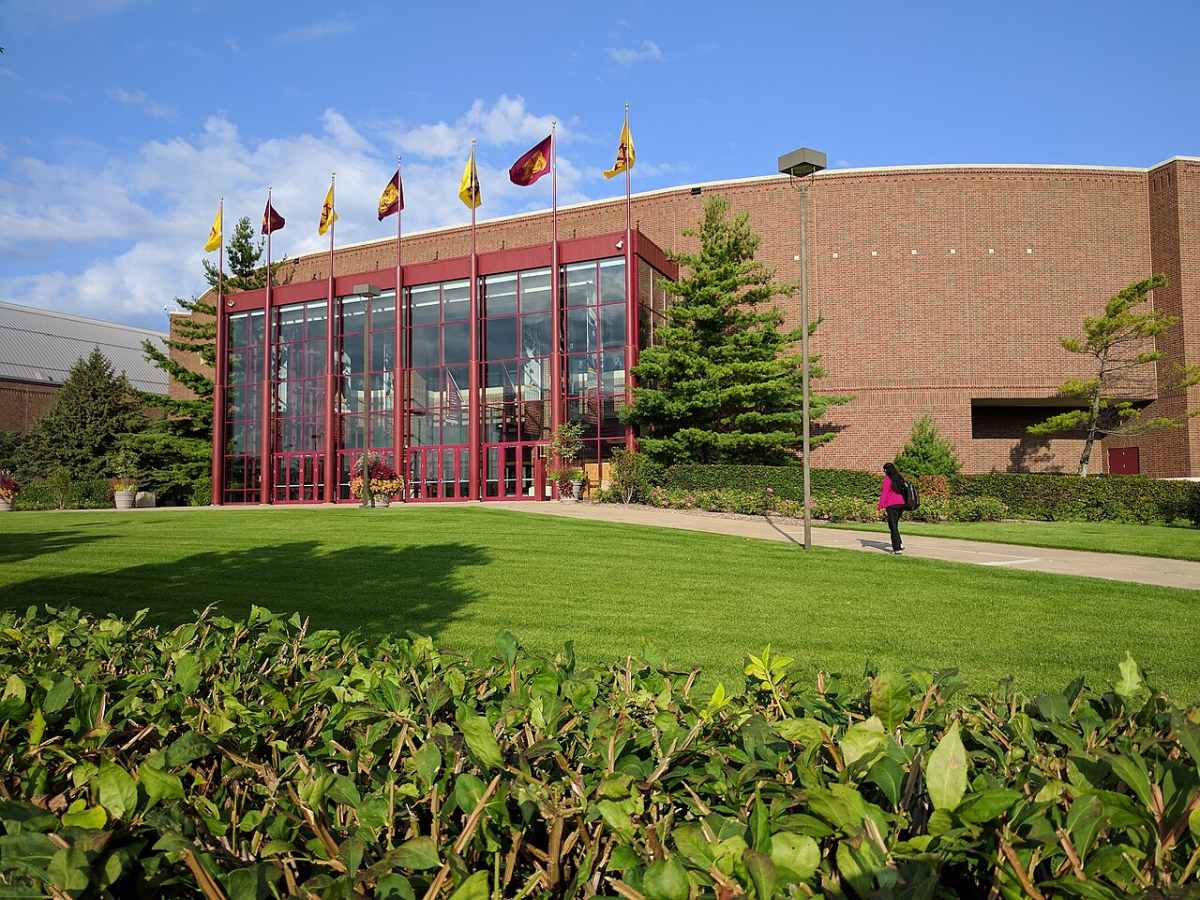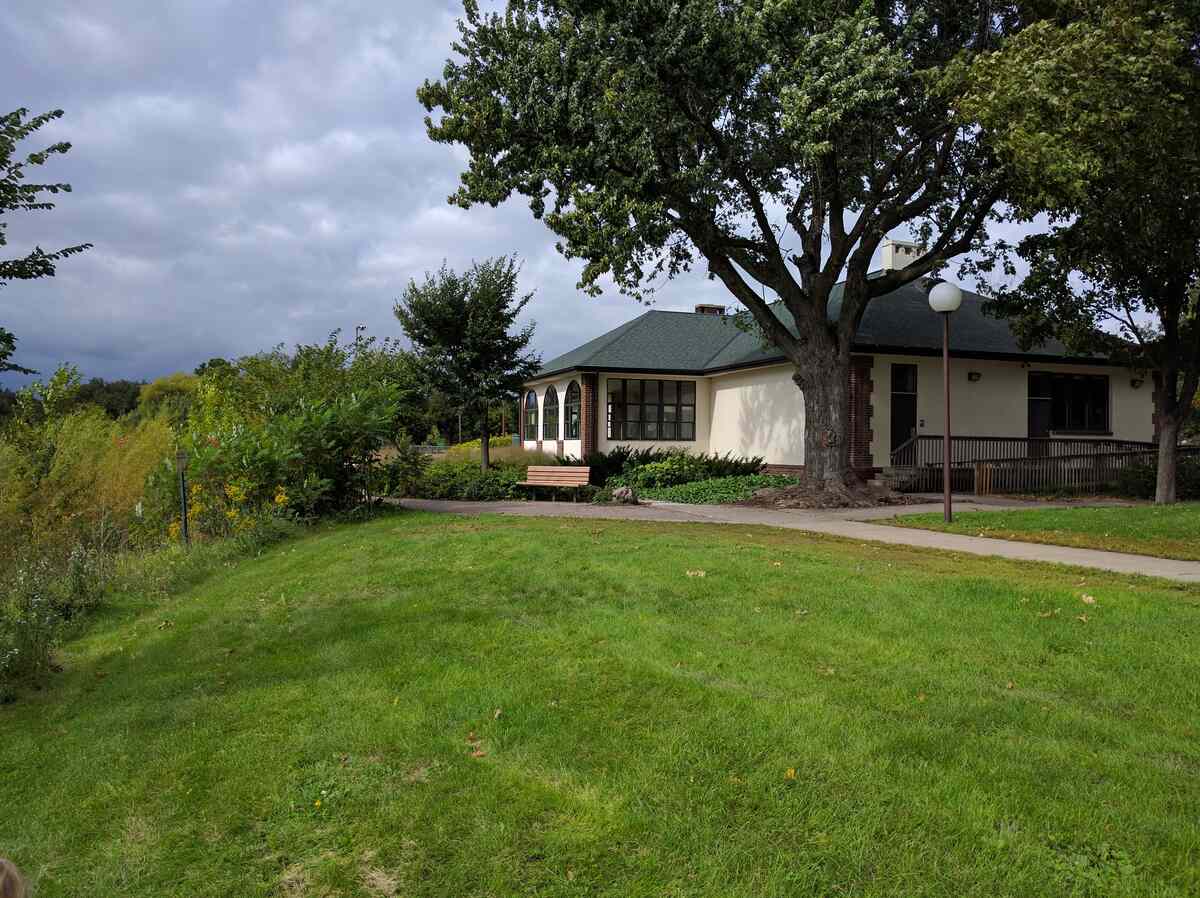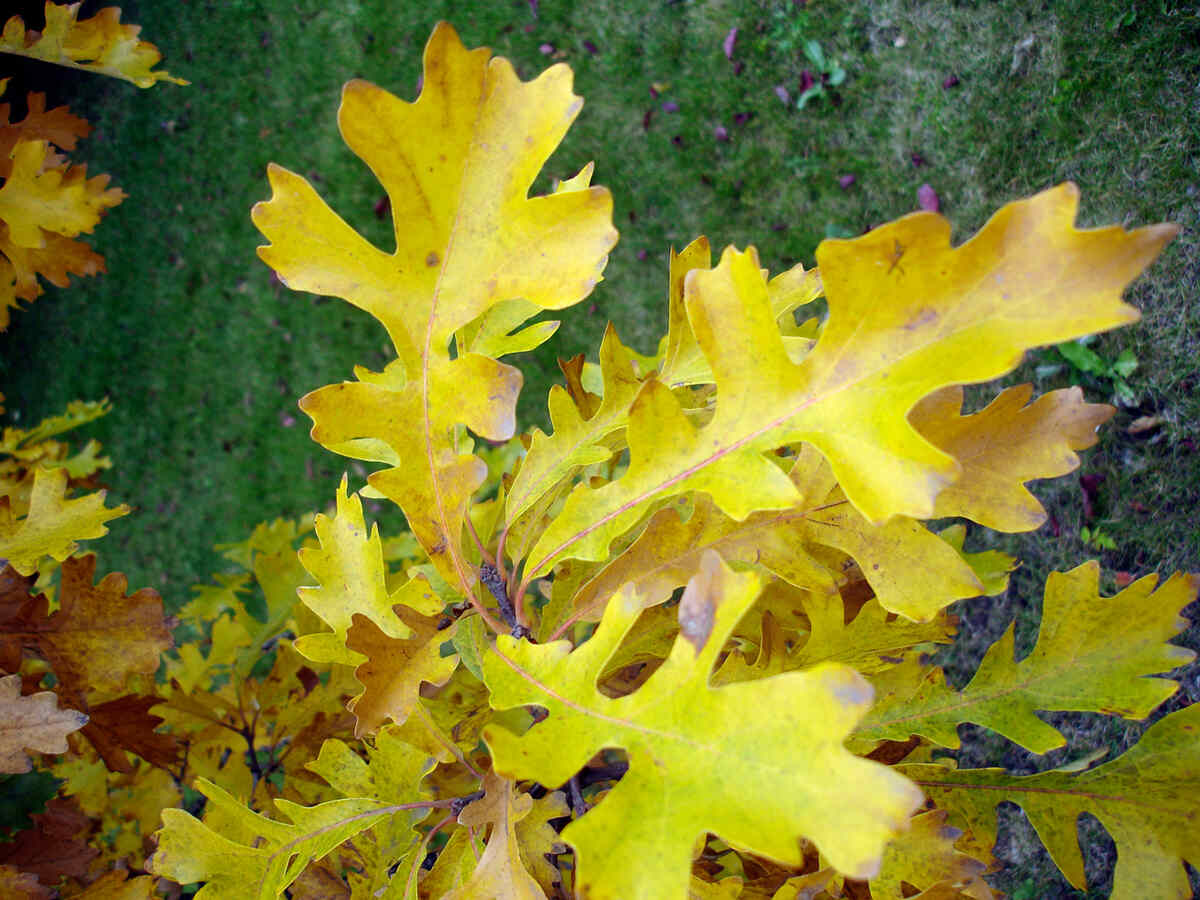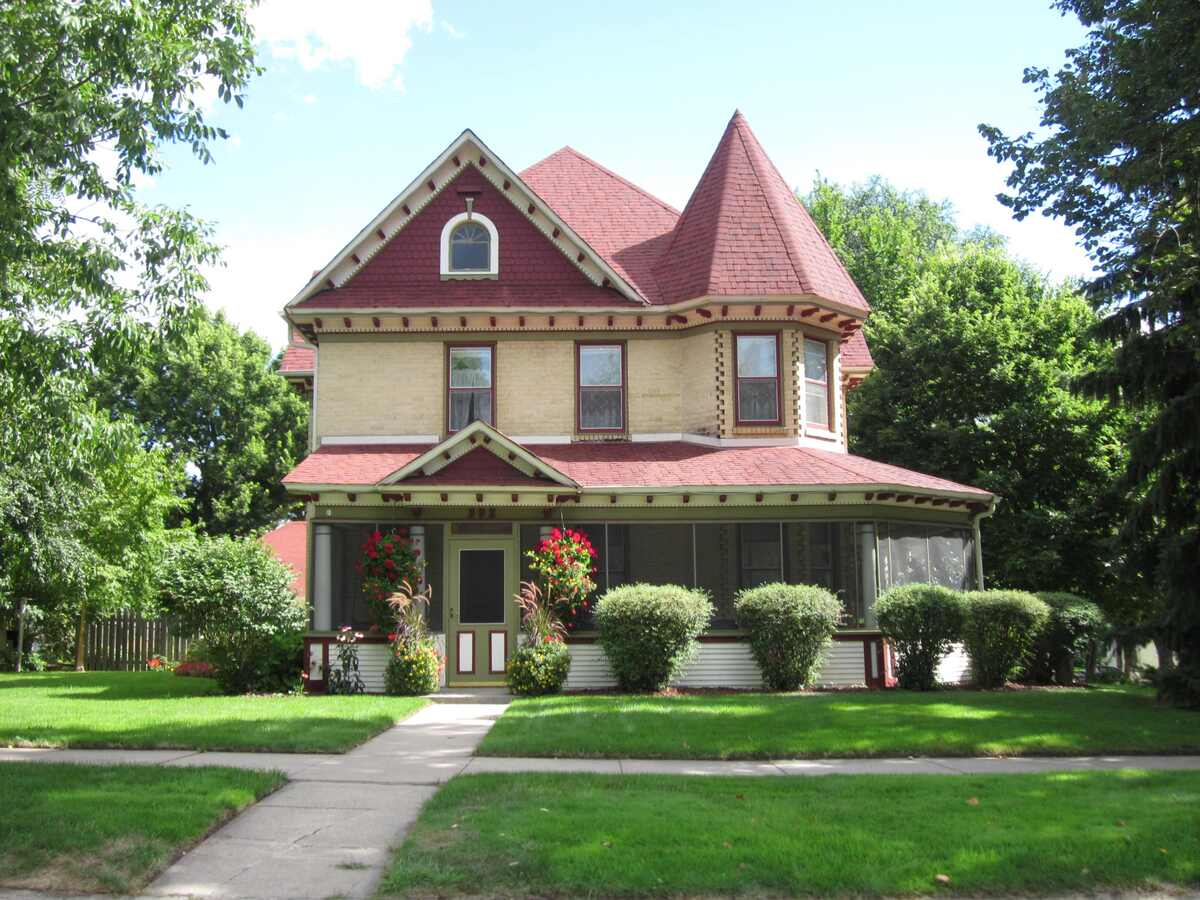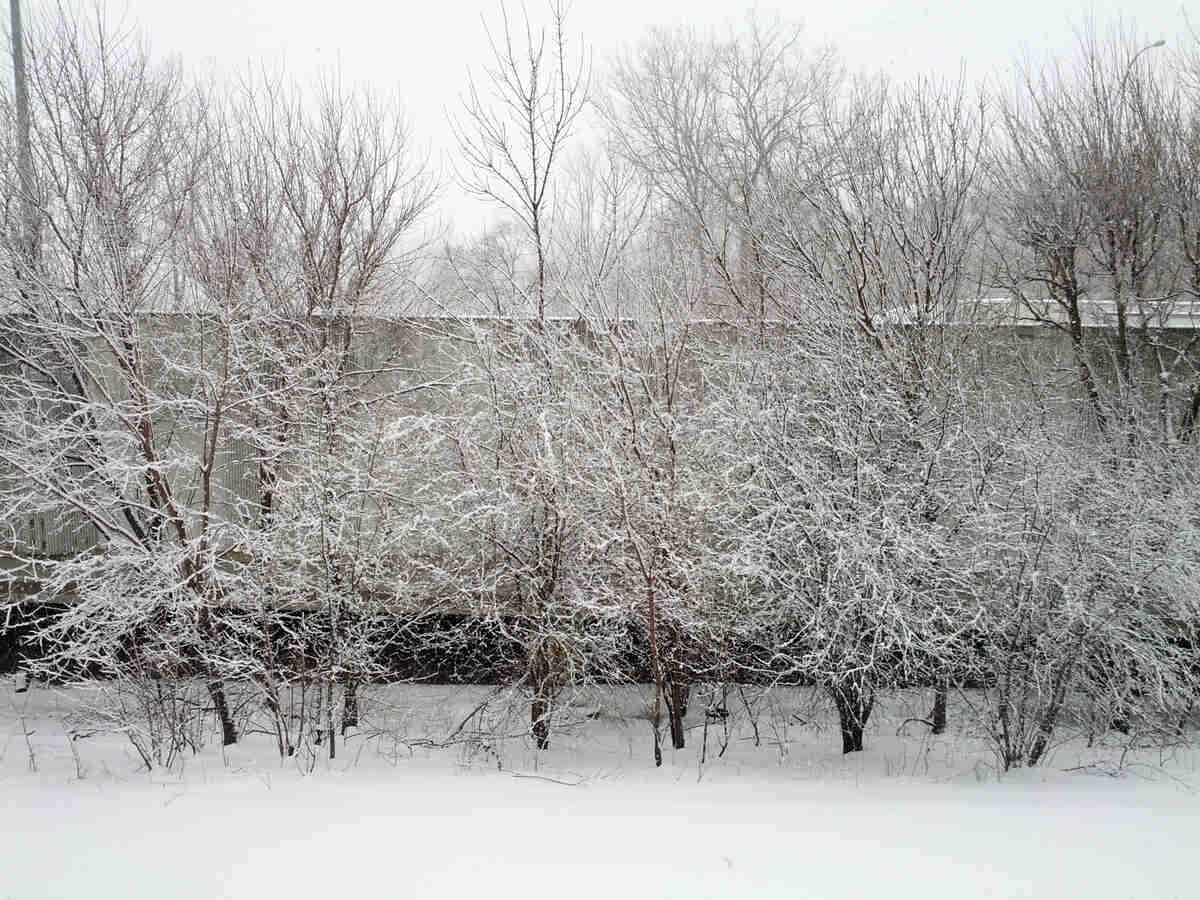
Think of Minneapolis in the winter. Right: Lots of snow and cold temperatures. While you’re enjoying winter activities or staying warm indoors, your dormant lawn is waiting under the snow. So, to make sure your lawn is ready for spring, check out our nine winter lawn care tips for Minneapolis.
- 1. Understand Your Lawn’s Grass Type
- 2. Aerate and Dethatch
- 3. Remove Debris and Finish Raking Those Leaves
- 4. Don’t Stop Mowing the Lawn Just Yet
- 5. Feed Your Lawn
- 6. Dormant Seed Your Lawn if Necessary
- 7. Prevent Damage From Road Salt
- 8. Don’t Walk On The Grass
- 9. Protect Against Lawn Pests and Diseases
- FAQ
1. Understand Your Lawn’s Grass Type
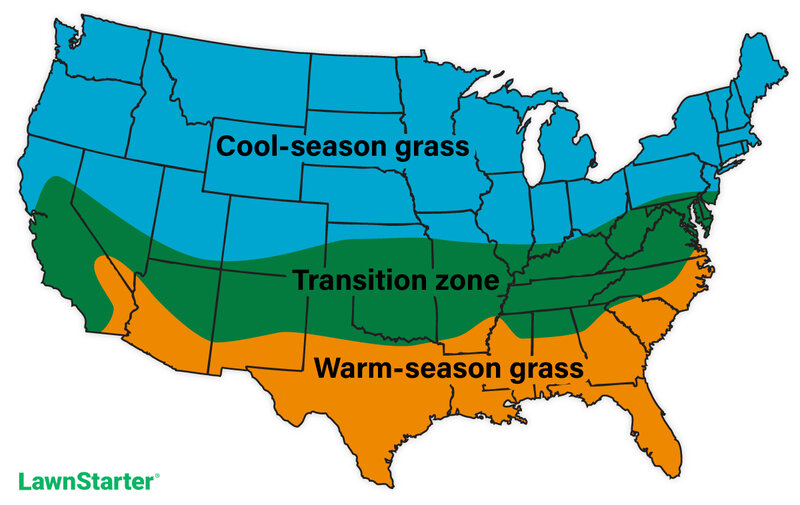
Your Minneapolis lawn is likely one of, or a combination of, these cool-season grasses, which grow best in the spring and fall:
- Kentucky bluegrass. This popular grass has the best cold tolerance of cool-season grasses. It’s a good choice for Minneapolis, where average low temperatures can dip into the single digits.
- Fine fescue. For Minneapolis lawns, the best choice is a mix of hard fescue, Chewings fescue, and strong creeping red fescue. If your yard has a shade/sun mix, blend the fescue with Kentucky bluegrass.
- Turf-type tall fescue. This grass adapts to a wide variety of conditions; its deep root system makes it especially drought-tolerant. It can handle cold weather, but doesn’t stand up to ice, so don’t plant it in low areas that lack drainage. Tall fescue is slow to green up, so use it in a blend with Kentucky bluegrass.
- Perennial ryegrass. This grass is less cold-tolerant than the others, but it offers dense growth and holds up to foot traffic. It’s also a good choice for sunny yards.
For more information, see our guide on the best grass types for Minneapolis.
2. Aerate and Dethatch
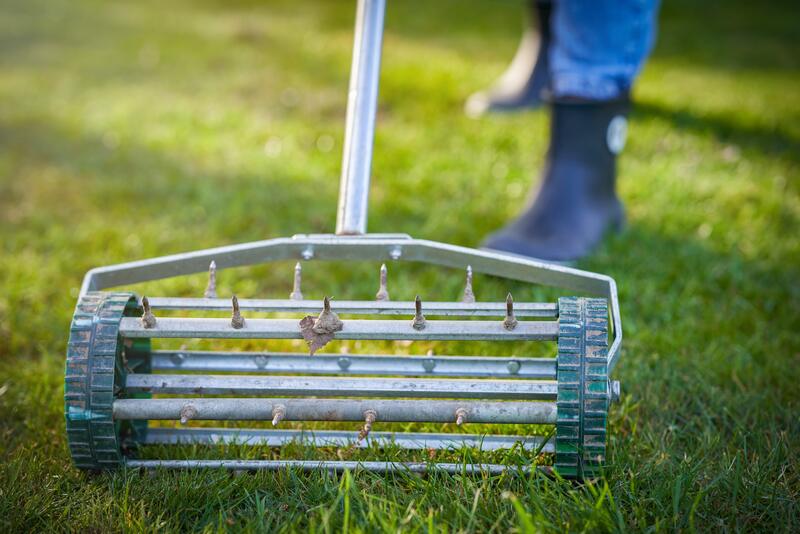
Some of your winter lawn care should take place in early fall since snow can arrive as early as October. Two chores that will prepare your lawn for winter, if needed, are aeration and dethatching.
Aeration
Do the kids and pets spend the summer out on the lawn? Do you host picnics or family gatherings? Drive the ATV around? Then your soil may be compacted. To tell: Try to push a screwdriver, a skewer, or a sharp pencil into the soil. It should go in easily. If not, your soil is likely compacted.
Core aeration in particular will open space for grass roots to get needed moisture and air. Aeration is an invasive procedure, so the best time to do it is between August and October. This gives the lawn a chance to recover. For more information, check out our guides:
Dethatch
One side effect of compacted soil is that your lawn will accumulate thatch, a layer of living and dead material. Compaction deprives soil of air and water, which upsets the balance of microbes and fungi that breaks down dead grass (and clippings). So the material piles up, turning into thatch.
Too much thatch can:
- Slow your lawn’s absorption of water and nutrients.
- Provide a hiding place for lawn pests and set up conditions for lawn diseases.
Some thatch is good, but more than a half-inch means it’s time to dethatch your lawn. If you have a small lawn, you can buy a dethatching rake; for a large lawn, save your arms and back and rent a dethatching machine.
3. Remove Debris and Finish Raking Those Leaves
Pick Up The Lawn
Another chore to prepare your lawn for winter: Gather up toys, tools, lawn chairs, tree branches, or anything else left on the grass. This will keep you safe when you mow or aerate and save the cost and aggravation of replacing things.
Also, your grass will thank you. Objects on the grass can smother it, meaning you’ll be surprised with bare spots come spring. Yard debris also can harbor lawn pests or other varmints you don’t want in your yard or house.
Pick Up The Leaves
Do you have to rake all those leaves? No, your yard will be fine with a light covering of leaves. But a thick, widespread carpet is bad news for your lawn, because:
- It will smother the grass.
- It will trap moisture that could lead to lawn disease.
- Leaf piles can host lawn (and other) pests.
The University of Minnesota says that it’s time to pick up leaves if they cover more than 20 percent of your lawn. How to get rid of them:
- Option 1: Rake or blow them off the lawn. What to do with the leaves? You can dispose of them, use them as garden mulch, or throw them in your compost pile.
- Option 2: Chop them with a mulching mower and leave them on the grass. If you don’t have a mulching mower, you may need to mow over the leaves several times.
4. Don’t Stop Mowing the Lawn Just Yet
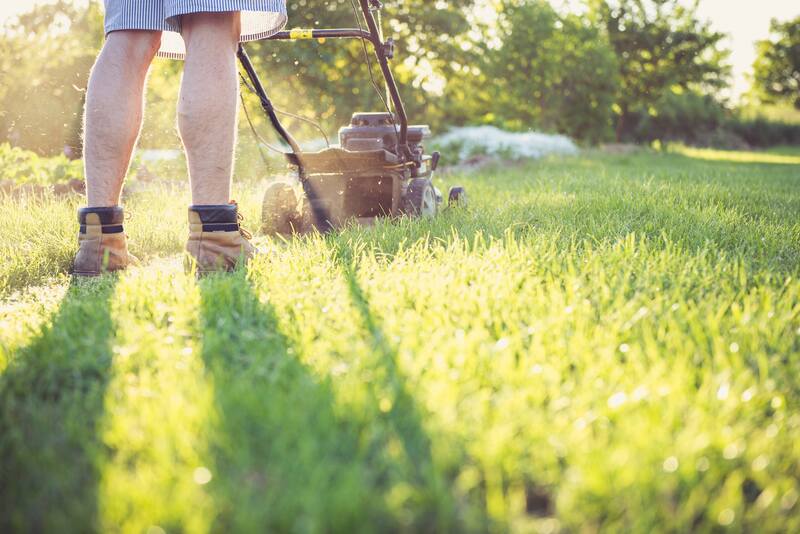
Generally, you should keep mowing until the grass stops growing, which is at air temperatures below 55 degrees. This means you could be mowing into early November — weather permitting.
Should you cut the lawn short, or leave it at normal height? There is some debate about that. Cutting the grass short is a common practice and is said to reduce issues with snow mold or voles. However, the University of Minnesota suggests that you continue to cut grass to its usual height. A short cut may stress the grass, adding to the risk of disease.
A couple of exceptions:
- If you’ve had snow mold problems in the past, then it’s a good idea to cut the grass short — but not for the last mowing of the season; do it several times to give the grass a chance to acclimate.
- If your standard mowing height is higher than 3 inches (usually for Kentucky bluegrass and some of the fine fescues), then reduce the mowing height to the 3-inch mark.
For more information, see our guide: “Lawn Mowing Tips: How to Mow a Lawn the Right Way”.
5. Feed Your Lawn
This should be one of the last chores of fall. Fertilizing your lawn gives it the nutrients it needs to support root growth, which in turn aids stamina and produces a healthier lawn come spring.
When to fertilize? The University of Minnesota suggests fertilizing can start in August and should be done by mid-October at the latest. But watch the weather reports: The first freeze can hit in the first 10 days of October. Miss the window? Then it’s best to wait until spring. Roots don’t absorb fertilizer very well in low temperatures.
6. Dormant Seed Your Lawn if Necessary
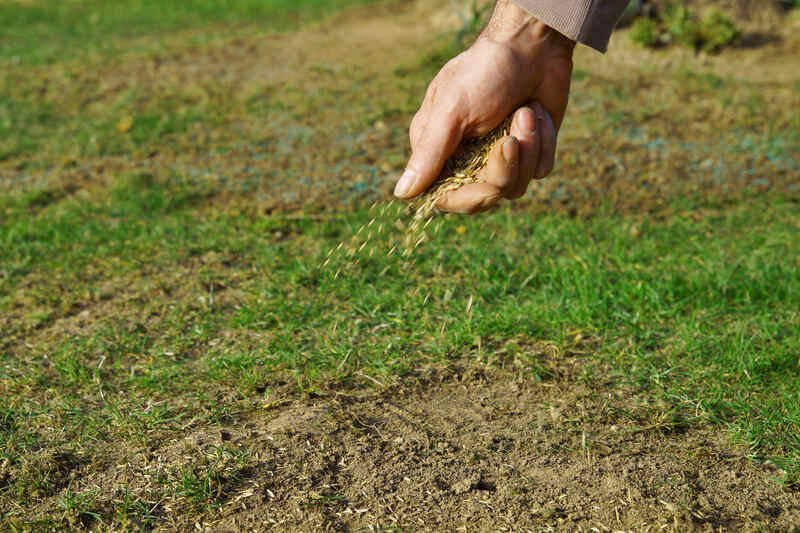
If your lawn tends to look a bit sparse or has developed bare patches, overseeding can help to improve its quality. The new grass will help thicken up your lawn and resist weeds.
Normally, the best time to overseed is mid-August through mid-September. But if you’ve missed that window, you can still dormant seed your lawn in November. Timing is important here: You don’t want frozen ground, but you don’t want it warm enough for seeds to germinate. It’s best to wait until air temperatures hit the 35- to 40-degree range.
Any turfgrass, or blend of turfgrass, can be used for dormant seeding. The process:
- Cut grass to 2 inches in the seeding area.
- Loosen the soil with a garden rake (about 1/4 inches should do it).
- Put down seed.
- Water, but don’t overdo it.
- Opinions differ on covering the seeds. If you do, use straw; hay contains weed seeds.
7. Prevent Damage From Road Salt
Minnesota winters aren’t always easy to drive in. Snow and ice make roads, sidewalks, and driveways slippery. To keep traffic moving, the Minnesota Department of Transportation uses sodium chloride — salt — to de-ice the roads. Trouble is, road salt, or salt you might use on your driveway and sidewalks, can seriously harm your grass:
- Grass roots absorb salt, causing dehydration.
- Salt spray from the road can burn turf (and other nearby plants).
- Salt causes any clay in the soil to expand, causing compaction.
So, how to reduce damage from road salt? Some things you can do:
Put up a barrier. A plastic or burlap barrier at the edge of your lawn or driveway can minimize contact with salt spray.
Be careful when shoveling. If you salt your sidewalk or driveway, don’t shovel snow from those areas onto your lawn. The salt will eventually make its way into the soil.
Consider alternatives to salt. Potassium chloride and magnesium chloride won’t harm plants if used properly.
Plant salt-resistant grass. Some good choices are tall fescue, perennial ryegrass, and red fescue.
8. Don’t Walk On The Grass
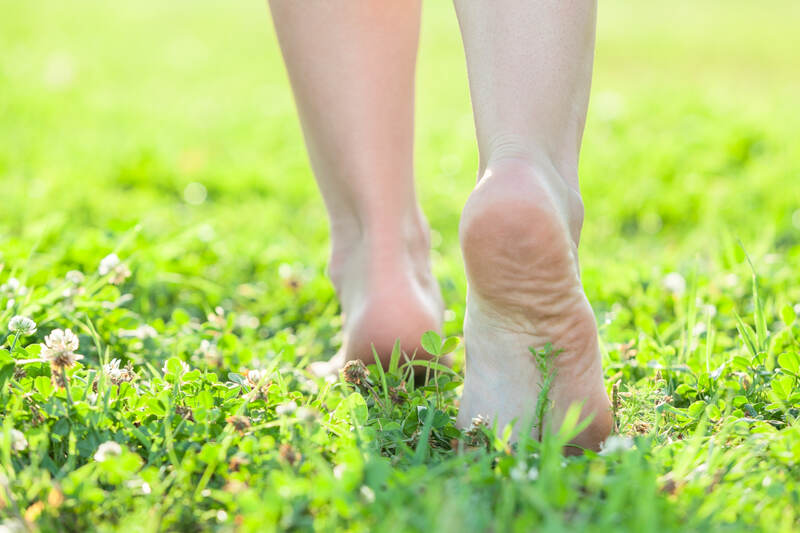
Minneapolis is no stranger to snow. The metro area gets an average of 55 inches of snowfall. (Hopefully not all at once.) Generally, snow is good for your lawn: It provides moisture, insulation, and material for making snowmen. But a large accumulation can cause problems.
Compacted soil. Lots of foot traffic or driving a plow across (or into) the yard can compact the soil, making it difficult for grass roots to get air and water. Still want a snowman? Build him on the patio; a large one puts too much pressure on the grass.
You may spread de-icing chemicals. If you walk across a salted driveway, or into the street to reach the mailbox, you’ll get salt on your boots. Walk over the lawn, and you’ll deposit that salt on the snow. That snow will melt and carry the salt into the grass. (For the results, see the section above.)
You’ll break the grass. Seriously, you will. Grass blades become brittle in the cold. When you walk on the lawn, that crunching noise you hear — it’s the blades breaking off. Come spring, you’ll have dead or damaged grass.
9. Protect Against Lawn Pests and Diseases
Voles
Minnesota has several species of voles. They look like mice, though they’re actually cousins. Voles munch on grass blades and roots and chew the bark of trees and shrubs.
You’ll see the damage when the snow melts: Grassless trails that crisscross your yard. Another hint: If you see hawks, owls, and foxes around your yard — they’re hunting voles.
Eager to know how to get rid of voles? Bait traps can work, but use a bait station to avoid poisoning other animals. Live traps and old-fashioned spring traps work, too. There are other pesticides available, but they’re for commercial use. If you have a large infestation, call a professional pest control company.
Snow Molds
Wet conditions and near-freezing temperatures are perfect for creating two fungal lawn diseases in Minneapolis: Pink and gray snow mold. Gray snow mold creates gray patches of matted-down grass; pink snow mold is as its name implies.
Of the two, pink snow mold is the most damaging, as it kills grass roots. If you’re allergic to mold, either fungus can bring on symptoms.
How to get rid of snow mold. Once the lawn is dry, gently rake out the matted grass. Depending on the amount of damage, you may need to reseed, but most lawns will outgrow the mold as the season progresses. The University of Minnesota suggests reseeding with hard fescue, which is mold-resistant, if needed.
How to prevent snow mold. Generally, basic lawn maintenance like mowing, watering, and fertilizing properly (not too much and not too late in fall) will help ward off mold. Applying a preventative fungicide in the fall will help prevent an outbreak.
FAQ
Total prevention isn’t possible, but there are a few things you can do to keep voles at bay:
● Remove tree limbs or any junk piles from your yard; these are good nesting/hiding places.
● Keep wood on a rack that isn’t flush with the ground.
● Don’t go into winter with overgrown grass, and prune bushes so branches are off the ground.
● Remove bird feeders; dropped seeds are a food source for voles.
No. When grass is dormant or after the ground freezes, a pre-emergent herbicide won’t be effective, meaning you’ll still get crabgrass. Apply in the spring when soil temperatures are near 55 degrees.
Winter is a good time to prepare your lawn and garden equipment for spring. A few things you can do:
● Clean shovels, rakes, hedge trimmers, and any hand tools you use in your garden. Sharpen blades if needed.
● Winter is a good time to take your mower to a professional for maintenance. Winterizing your lawn mower can be a DIY job, too.
● Clean dirt and grass from your string trimmer. Drain fluids or check the cord for damage. Replace trimmer string if needed.
When to Call in a Professional
Winter lawn care starts weeks before the first frost or the first snowflake arrives in the Twin Cities area. If you don’t have the time, or you’re confused about the best time to aerate or put down fertilizer, call a Minneapolis lawn care service. A local pro can handle the chores to keep your lawn healthy over the winter and into spring.
Main Image Credit: Mattwj2002 / Wikimedia Commons / CC BY-SA 3.0
